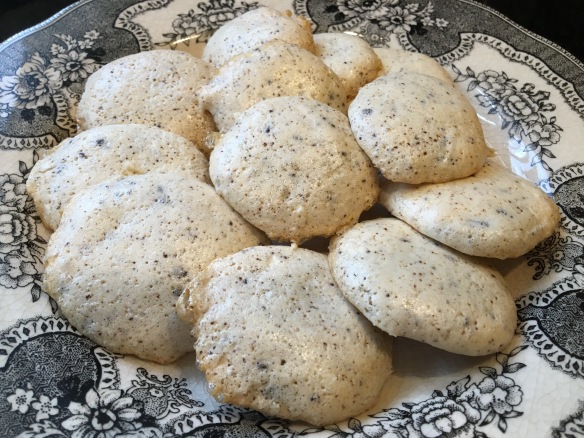Charosets and desserts are usually my contribution to our extended family’s Passover seder. But, due to the pandemic and worry over COVID, this is the second year we aren’t all gathering. I always thought Charosets on the seder plate was a representation of mortar enslaved Jews used to when they were forced to build those gorgeous pyramids in Egypt. Little did I know there this dish’s significance was up for discussion!
Meaning
Charoset (חֲרֽוֹסֶת, pronounced ha-row-sit) is a sticky, sweet symbolic food that Jews eat during the Passover seder every year. The word chariest derives from the Hebrew word cheres (חרס), which means “clay.”
In some Middle Eastern Jewish cultures, the sweet condiment is known as halegh.
Origins
Charoset represents the mortar that the Israelites used to make bricks while they were slaves in Egypt. The idea originates in Exodus 1:13–14, which says,
‘The Egyptians enslaved the children of Israel with back-breaking labor, and they embittered their lives with hard labor, with clay and with bricks and with all kinds of labor in the fields—all their work that they worked with them with back-breaking labor.’
The concept of charoset as a symbolic food first appears in the Mishnah (Pesachim 114a) in a disagreement between the sages about the reason forcharosetand whether it is a mitzvah (commandment) to eat it at Passover.
According to one opinion, the sweet paste is meant to remind people of the mortar used by the Israelites when they were slaves in Egypt, while another says that the charoset is meant to remind the modern Jewish people of the apple trees in Egypt. This second opinion is tied to the fact that, supposedly, the Israelite women would quietly, painlessly give birth beneath apple trees so that the Egyptians would never know that a baby boy was born. Although both opinions add to the Passover experience, most agree that the first opinion reigns supreme (Maimonides, The Book of Seasons 7:11).
by Ariela Pelaia, Learn Religions, June 25, 2019
Charosets
Ingredients:
- 2 cups walnut pieces (or finely ground walnuts)
- 3 large apples
- 4 Tablespoons sweet red wine, or to taste
- 4 Tablespoons honey, or to taste
- 1/2 teaspoon ginger, or to taste
- 4 teaspoons cinnamon, or to taste
- dash nutmeg
Directions:
- In a food processor, process walnuts until finely ground, then transfer to a mixing bowl.
- Peel apples, core and cut into quarters. Process in food processor until finely chopped. Place in mixing bowl.
- Add remaining ingredients. Combine well and taste to correct seasonings.









